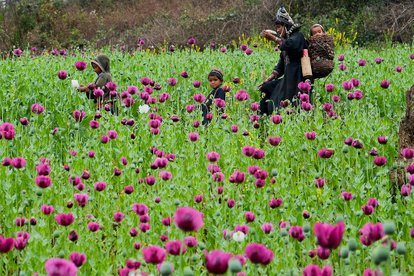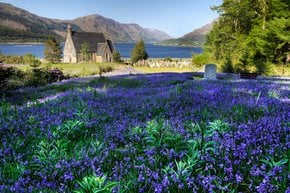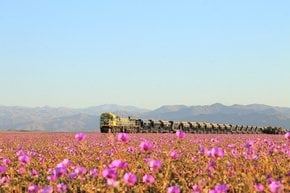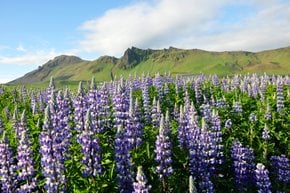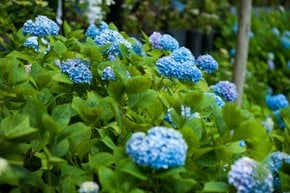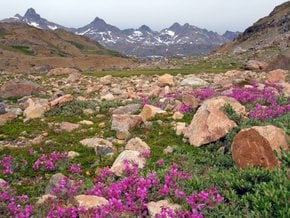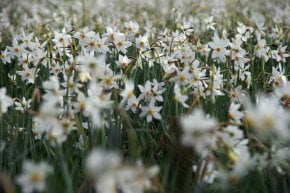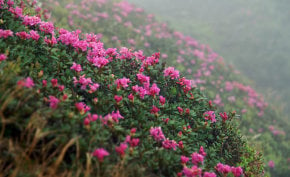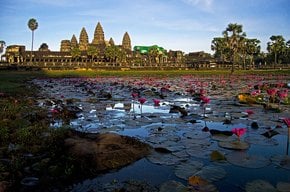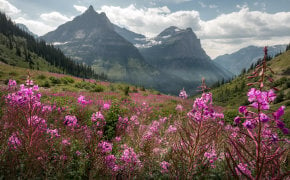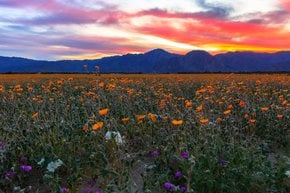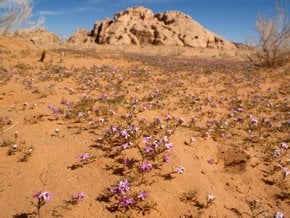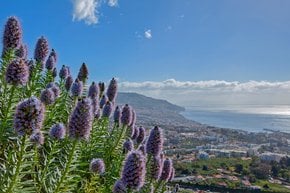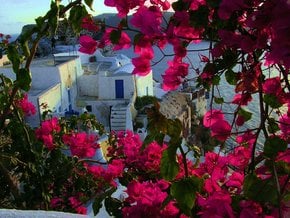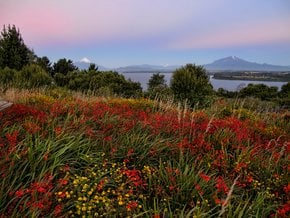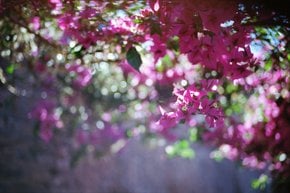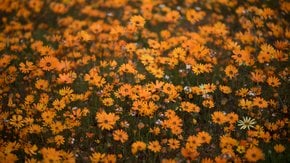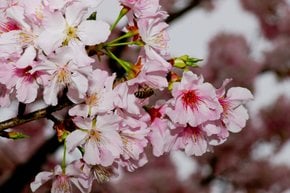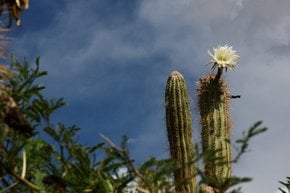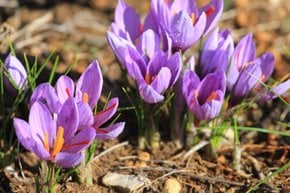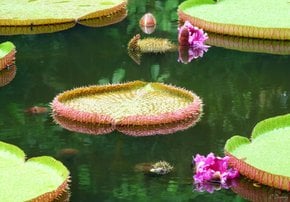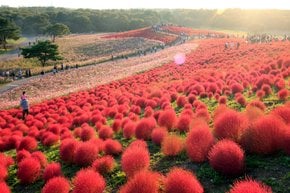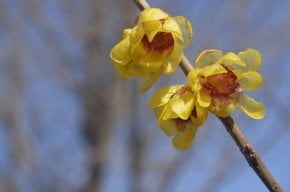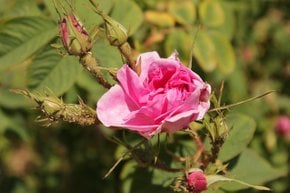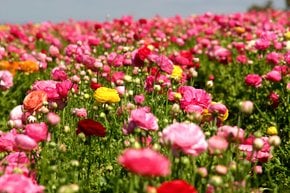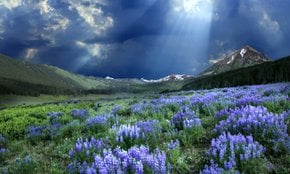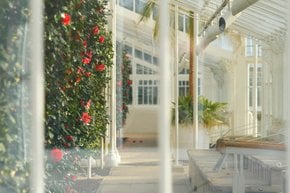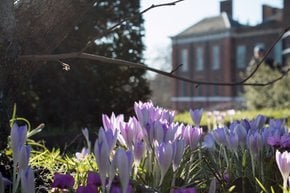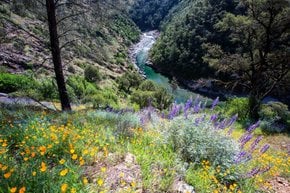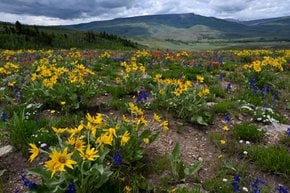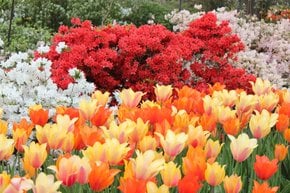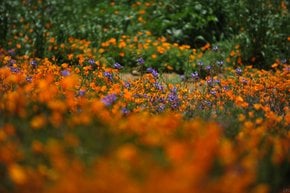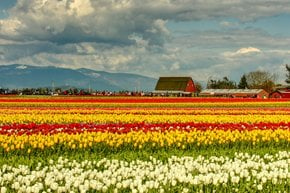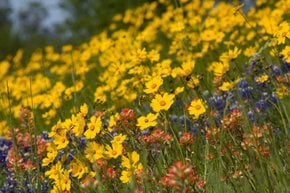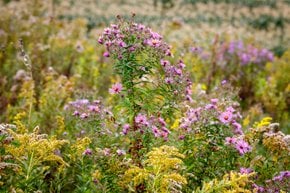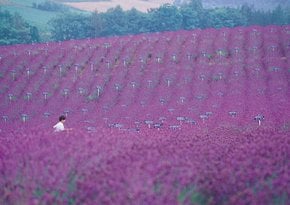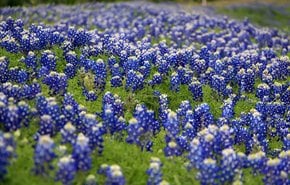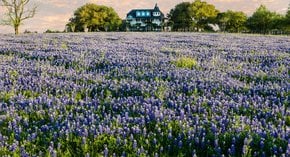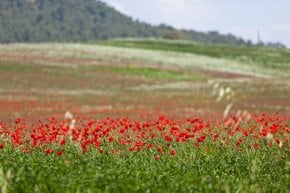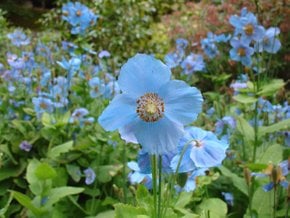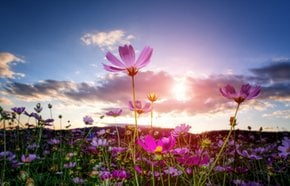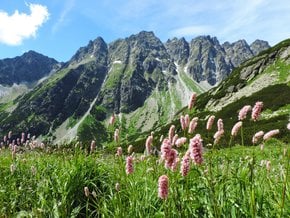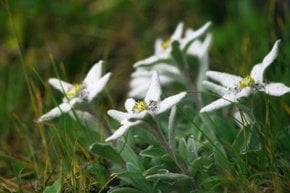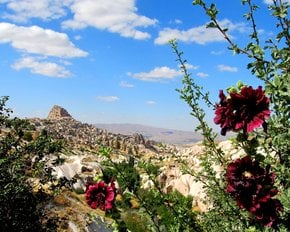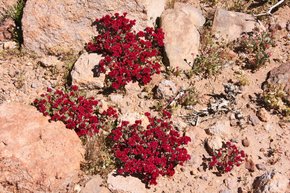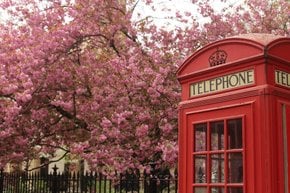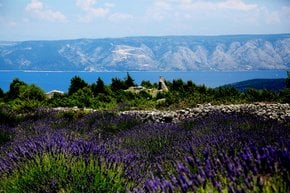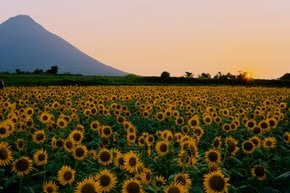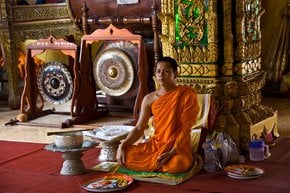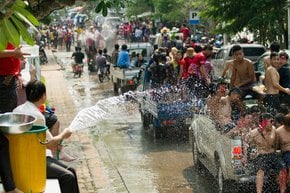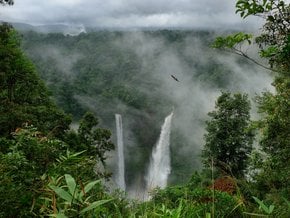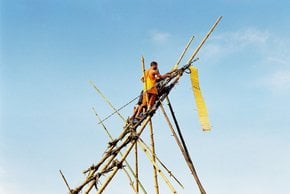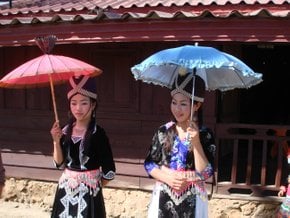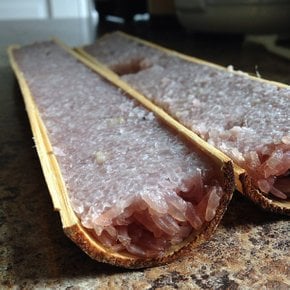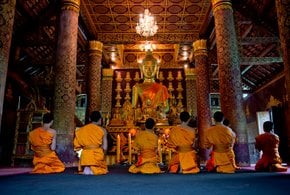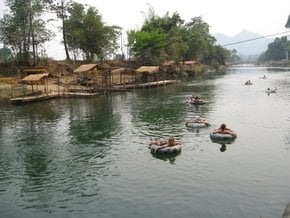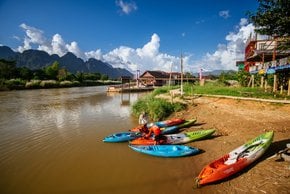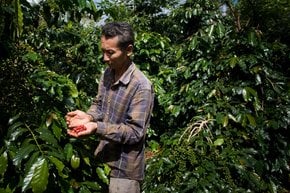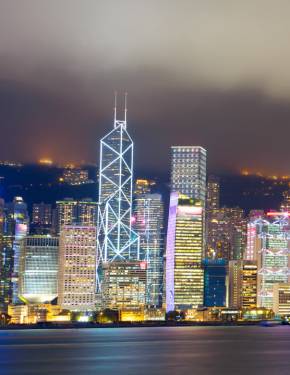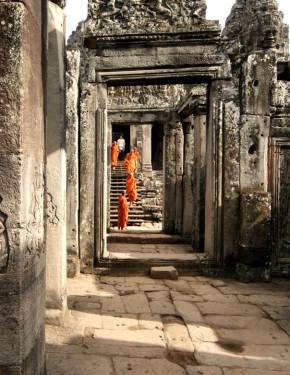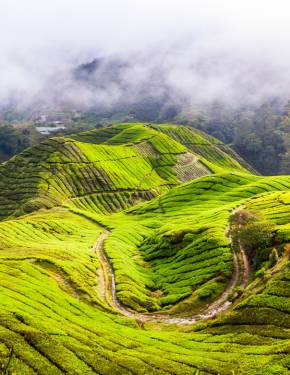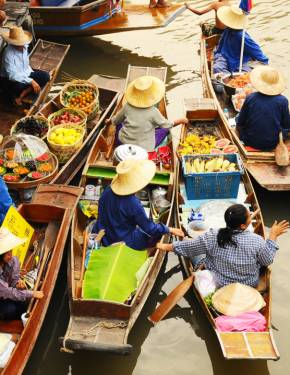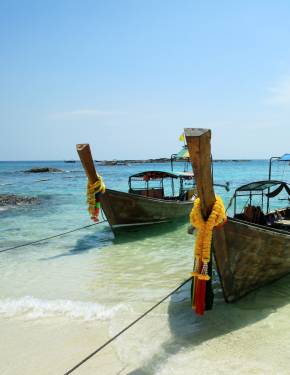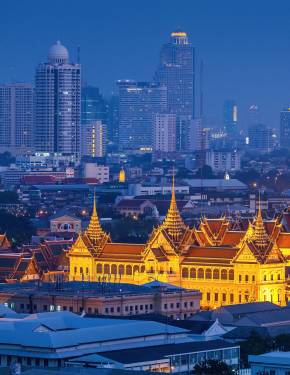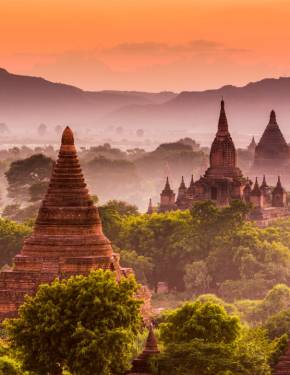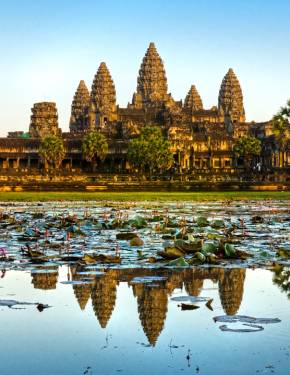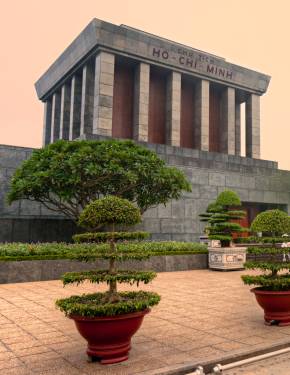Opium Poppy Flowers in Laos 2026
Blooming poppies turn the green hills of Laos into amazing impressionist pictures
Best time: January–February
The best landscapes in Laos are found far from urban centers, where nature bursts with vibrant colors, including fields painted with lilac, pink, white, and red poppies. While poppies grow wild on the hills, locals primarily cultivate them for opium production, though they are also used in medicine and cooking. Despite efforts by the Lao government to control opium use, it persists among hill tribes, and tourists are prohibited from smoking. Poppies thrive in northern Laos’ well-drained soils and sunny, dry climate.
Best Season
Poppies bloom in Laos from January to February, with the best time to visit around January and February in the northern provinces, particularly Houaphan Province. The cultivation follows a multi-staged cropping process, with flowers sown until mid-November and harvested between late January and mid-March.
Key Viewing Locations
In Laos, opium poppies are predominantly grown in remote, mountainous regions, especially in areas where local communities have historically relied on opium production as a livelihood. Despite efforts from the government and international organizations to reduce opium poppy cultivation, poppies still bloom in certain parts of the country, particularly in the northern and central highlands. Provinces like Phongsaly, Oudomxay, Luang Namtha, and Xieng Khouang have a history of opium cultivation, with Xieng Khouang working to reduce it while still containing remnants of the practice in more isolated areas.
One of the most notable centers of opium poppy cultivation is Houaphan Province, located in northern Laos. Its capital, Sam Neua, remains one of the least-visited provincial capitals by Western tourists, primarily due to its remote location, lack of tourism infrastructure, and language barriers. The province, however, offers travelers looking for off-the-beaten-path experiences a glimpse into the traditional rural life of Laos. It is important to remember, however, that both the cultivation and smoking of opium are illegal in Laos, and tourists should adhere to the country's laws and respect its cultural practices.
Opium Production
The opium poppy has played a significant role in Laos, especially in the mountainous regions of the Golden Triangle, where ethnic minority groups have historically cultivated it. Despite efforts by the Laotian government and international organizations to reduce opium poppy cultivation through alternative development programs—promoting crops like coffee, tea, and fruit—the trade has had complex impacts on the economy, culture, and politics, contributing to poverty, conflict, and addiction. While cultivation has decreased, opium farming still exists in some areas, with ongoing challenges in law enforcement and the socio-economic conditions that perpetuate the trade.

